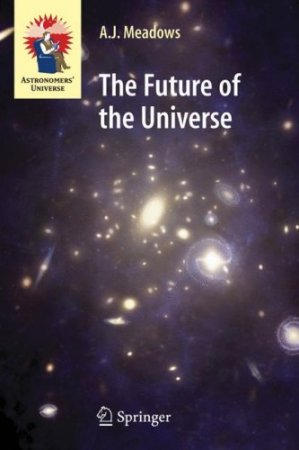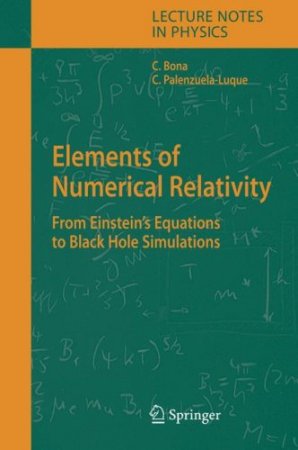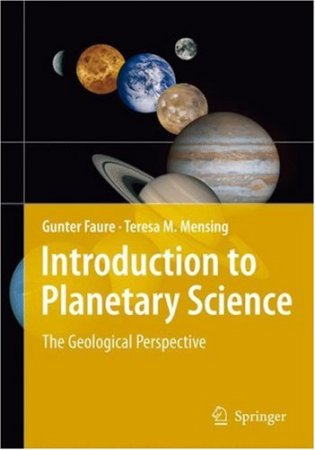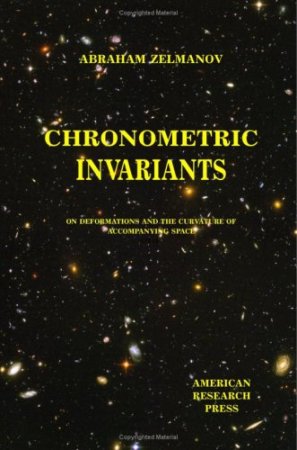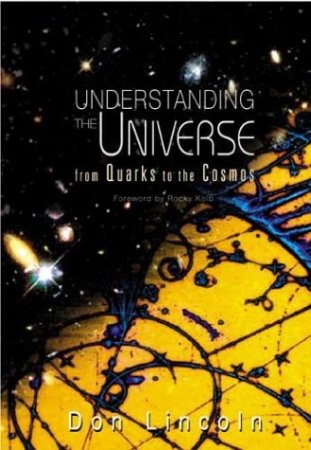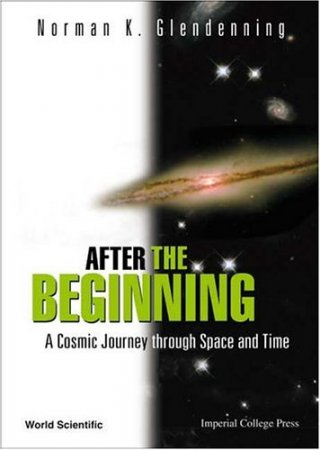НавигацияАрхив новостейСтатистика |
A Companion to Astronomy and Astrophysics: Chronology and Glossary with Data TablesAstronomy and Astrophysics is a comprehensive, fundamental, up-to-date reference book. It is filled with vital information and basic facts for amateur astronomers and professional astrophysicists, and for anyone interested in the Universe, from the Earth and other planets to the stars, galaxies and beyond. Although serious and thorough, the language, and ideas will attract the general reader, as well as students and professionals. The Future of the UniverseThere are many books that describe what we know of the past of the Universe, beginning with the Big Bang. But what of its future? It is only in recent years that astronomers and cosmologists have come to any kind of consensus about the probable history of the universe, so have been relatively few books speculating about its future evolution. What will happen to the Earth and solar system? What about our galaxy? Indeed, how long will the universe as we recognize it survive? The Future of the Universe takes the reader on a journey through space and time, beginning with a long look at the Earth and solar system, voyaging to the outermost galaxies, and finishing with speculations about the life and fate of the entire universe. Elements of Numerical Relativity: From Einstein`s Equations to Black Hole SimulationsSpurred by the current development of numerous large-scale projects for detecting gravitational radiation, with the aim to open a completely new window to the observable Universe, numerical relativity has become a major field of research over the past years. Indeed, numerical relativity is the standard approach when studying potential sources of gravitational waves, where strong fields and relativistic velocities are part of any physical scenario. This book can be considered a primer for both graduate students and non-specialist researchers wishing to enter the field. Starting from the most basic insights and aspects of numerical relativity, Elements of Numerical Relativity develops coherent guidelines for the reliable and convenient selection of each of the following key aspects: evolution formalism, gauge, initial and boundary conditions as well as various numerical algorithms. The tests and applications proposed in this book can be performed on a standard PC. Introduction to Planetary Science: The Geological PerspectiveThis textbook is intended to be used in a lecture course for college students majoring in Earth Sciences. Planetary science provides an opportunity for these students to apply a wide range of subject matter pertaining to the Earth to the study of other planets and their principal satellites. In this way, planetary science tends to unify subjects in the Earth Sciences that are traditionally taught separately. Therefore, planetary science is well-suited to be taught as a capstone course for senior undergraduates in geology departments and as an introduction to the solar system in astronomy departments. Both groups of students will benefit because planetary science bridges the gap between geology and astronomy and it prepares geologists and astronomers to participate actively in the on-going exploration of the solar system. Chronometric InvariantsThis book was written in 1944 by Abraham Zelmanov, a prominent scientist working in General relativity and cosmology. Herein he constructs the theory of physical observable quantities in General Relativity (Chronometric Invariants), and applies it to determine all possible cosmological models within the framework of Einstein theory scenarios of evolution which could be theoretically conceivable for a truly inhomogeneous and anisotropic Universe. Physics of the Solar Corona: An Introduction with Problems and SolutionsSolar science has evolved rapidly over the past ten years as the results of a new generation of solar space missions have become available. This book provides a thorough introduction to the subject of solar physics, based on those spacecraft observations. The author introduces the solar corona, which has a temperature of several million degrees, and sets it in the context of basic plasma physics before moving on to discuss plasma instabilities and plasma heating processes. The latest results on coronal heating and radiation, which are fundamental processes in all stars, are presented. Spectacular phenomena such as solar flares and coronal mass ejections are described in detail, together with their potential effects on the Earth. The author draws together observations made at many wavelengths from hard X-rays, soft X-rays, extreme UV and radio wavelengths. From Dust To Stars: Studies of the Formation and Early Evolution of StarsStudies of stellar formation in galaxies have a profound impact on our understanding of the present and the early universe. The book describes complex physical processes involved in the creation of stars and during their young lives. It illustrates how these processes reveal themselves from radio wavelengths to high energy X-rays and gamma -rays, with special reference towards high energy signatures. Several sections devoted to key analysis techniques demonstrate how modern research in this field is pursued. Understanding the Universe: From Quarks to the CosmosThe Big Bang, the birth of the universe, was a singular event. All of the matter of the universe was concentrated at a single point, with temperatures so high that even the familiar protons and neutrons of atoms did not yet exist, but rather were replaced by a swirling maelstrom of energy, matter and antimatter. Exotic quarks and leptons flickered briefly into existence, before merging back into the energy sea. After The Beginning: A Cosmic Journey Through Space And TimeIn a brilliant flash about fourteen billion years ago, time and matter were born in a single instant of creation. An immensely hot and dense universe began its rapid expansion everywhere, creating space where there was no space and time where there was no time. In the intense fire just after the beginning, the lightest elements were forged, later to form primordial clouds that eventually evolved into galaxies, stars, and planets. This evolution is the story told in this fascinating book. Interwoven with the storyline are short pieces on the pioneering men and women who revealed those wonders to us. Quantum Theory, Black Holes and Inflation |
ПопулярноеОпросОцените дизайн сайта
Немного рекламы |

